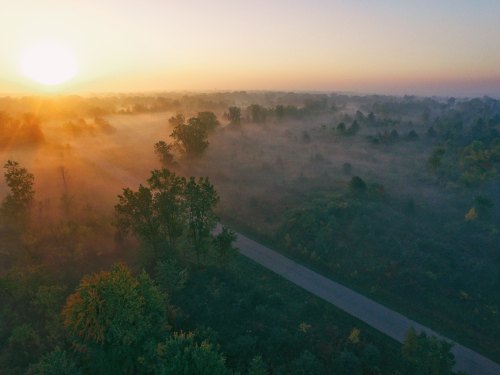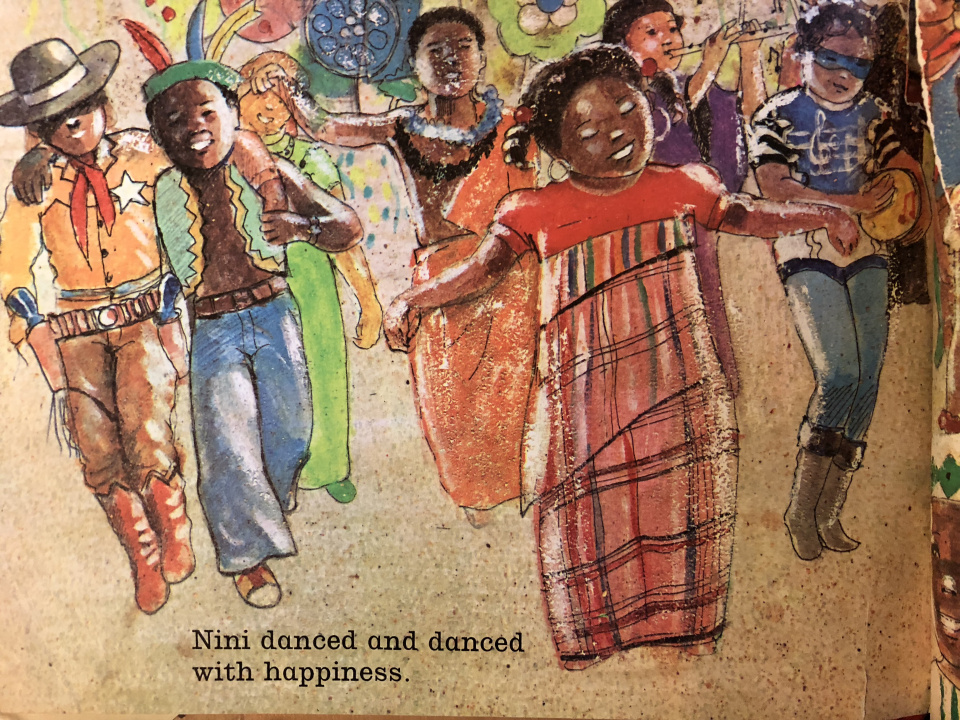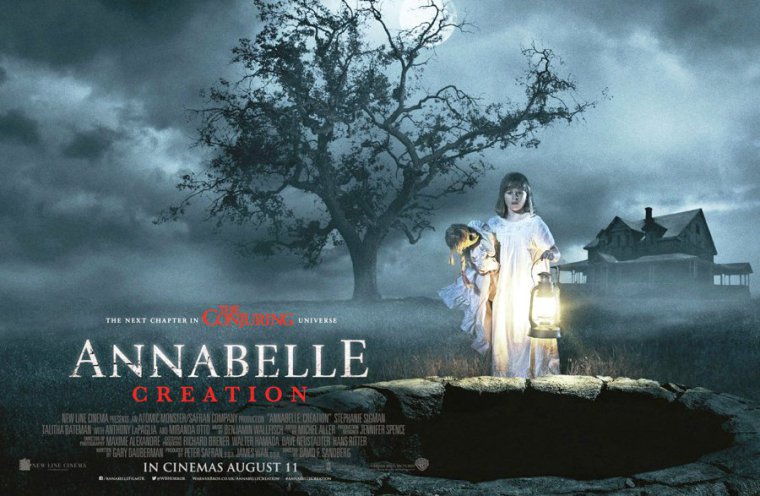Download links for: Spiral Jetta: A Road Trip through the Land Art of the American West


Reviews (see all)
Write review
Fun combination of memoir and art history, with a little neurosis thrown in for good measure.
Fun if you live in the West. Maybe not otherwise.
interesting light read, earthworks!
Other books by History & Biography
Related articles












